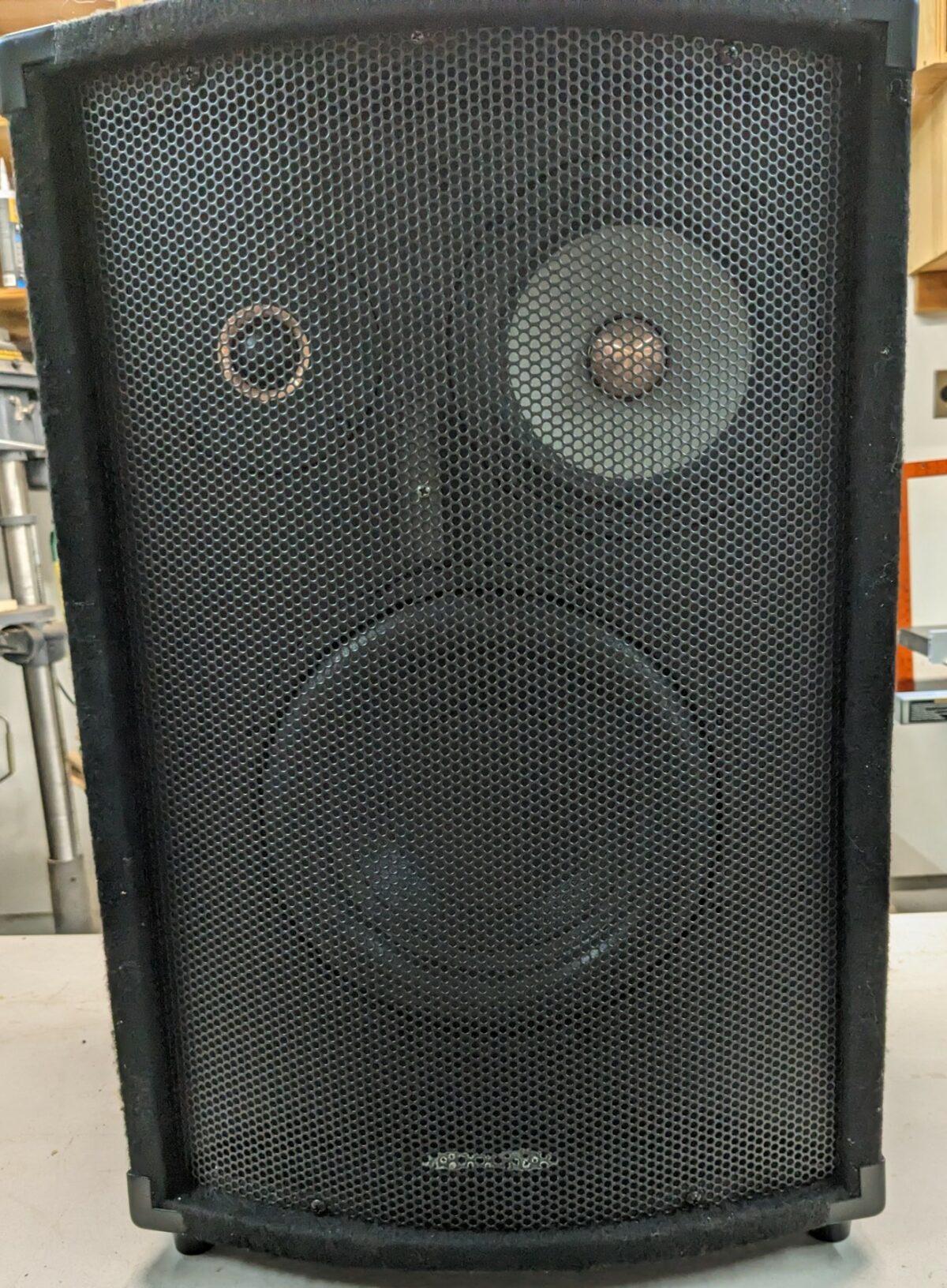Month: September 2023
-

The Russell
Hmmm…what drivers lurk behind that cheap metal grill? And why is the name singular? One of my goals in these retirement years is to use up or dispose of or somehow repurpose a large stash of boards or electronic equipment that I have accumulated during many years of this speaker-building hobby. I’ve got a lot…
-

Active speakers with built-in test signals
Sometimes it’s nice to have a tone or sweep generator or even some white noise to test your speakers. SigmaStudio has a good selection of “sources,” even for the ADAU1701, that don’t require a lot of instructions. I’ve never used them before, but I’m finding them very useful for this next round of active speakers…